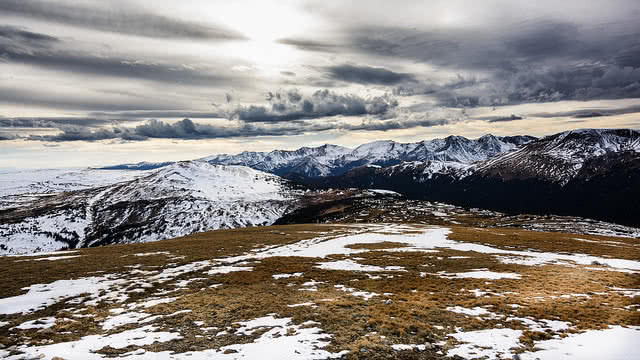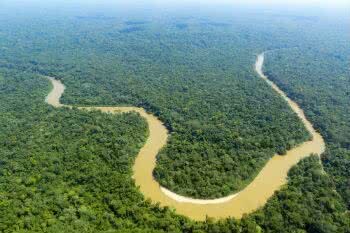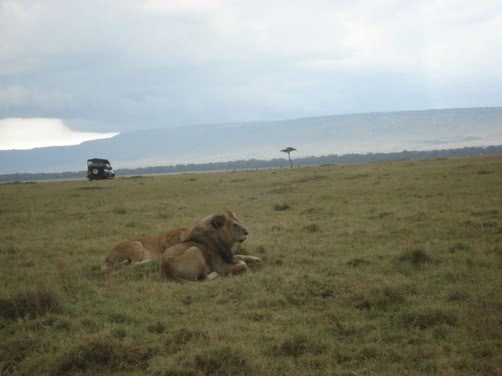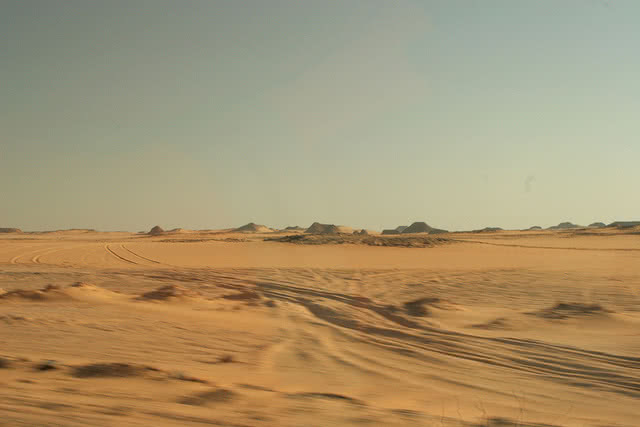There are seven major biomes in the world: Tundra, Taiga, Temperate Forest, Tropical Forest, Savannas, Prairie and Desert.
Biomes are terrestrial ecosystems with characteristic vegetation and a predominant type of climate. These aspects give the biome its general and unique character.

Tundra
It is located in regions near the Arctic Pole, northern Canada, Europe and Asia.
It has low temperatures throughout the year. Winter is quite severe and summer is cold.
The fauna is composed of reindeer, caribou and musk ox. Animals are protected by a dense coat.
The vegetation features mosses and lichens. In regions with the highest temperature, grasses and small shrubs appear.
 Tundra
Tundra
Learn more about the biome Tundra.
taiga
Also called coniferous forest due to the predominance of pine and fir trees.
It is located in the northern hemisphere, south of the arctic tundra, in a region with a cold climate. However, it has a longer and milder warm season compared to the tundra biome.
The fauna includes moose, bears, wolves, foxes, minks, martens and squirrels.
 taiga
taiga
Learn more about the biome taiga.
temperate forest
It is located in certain regions of Europe and North America.
Occurs in a temperate climate and with four well-defined seasons.
The plants are called deciduous or deciduous, as they lose their leaves at the end of autumn and re-acquire in spring. This situation is a winter adaptation. With the loss of leaves, plants reduce their metabolic activity. The most characteristic plants are oak and beech.
The fauna consists of wild boar, deer, foxes, squirrels, birds and insects.
 Temperate Forest in Europe
Temperate Forest in Europe
Learn more about Temperate Forests.
Tropical forest
It is located in regions with a hot climate and high rainfall. Occurs in northern South America, Central America, Africa, Asia and Australia.
Tropical forests are environments rich in biodiversity.
The vegetation is dense and forms strata, depending on the coverage of the treetops, which gives rise to different microclimates. The vegetation also has epiphytes, vines and lichens.
The fauna is made up of monkeys, sloths, jaguars, toucans, macaws, alligators, frogs and a variety of insect species.
The biggest tropical forest of the world is the Amazon rainforest.
 The amazon forest
The amazon forest
Savannas
It is located in Africa, Asia, Australia and the Americas.
The environments are characterized by fields with spaced bushes and grasses.
In the African savannah, large herbivores are found, such as elephants, zebras and giraffes. In addition to carnivores such as lions, leopards and cheetahs.
In Brazil, an example of a savanna is the Cerrado.
 Lions in the African Savannah
Lions in the African Savannah
Learn more about Savannas.
Prairie or Fields
They are located in certain regions of South America, North America, Europe and Asia, in places that present periods of drought.
They are environments with a predominance of grasses. The animals in this environment are rodents, coyotes, foxes and insects.
In Brazil it is represented by the Pampas.
 Prairie
Prairie
Learn more about prairies.
Desert
Deserts occur in low humidity environments.
The largest desert regions in the world are located in Africa (Saara's desert) and in Asia (gobi desert).
The vegetation is composed of grasses and small shrubs. In deserts we can find rodent animals, snakes, lizards and insects. Animals and plants have adaptations to the lack of water.
 Saara's desert
Saara's desert
Learn more about deserts.
aquatic environments
The biome concept was developed for terrestrial ecosystems.
Aquatic systems were classified by their physical characteristics, such as salinity, water movement and depth.
Thus, it is possible to establish the main types of aquatic environments in: rivers, lakes, wetlands, estuaries and oceans.
Want to know more about the subject? Read too:
- What is a biome?
- Vegetation Types
- Brazilian Biomes
- terrestrial ecosystems
- aquatic ecosystem
- Exercises on Brazilian Biomes


